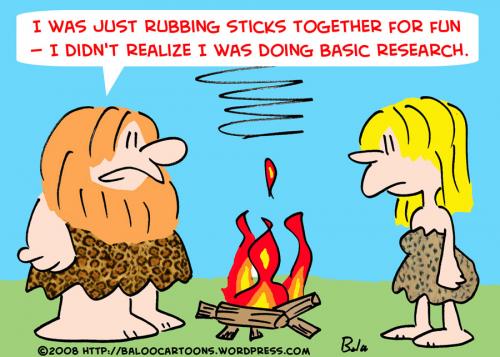
"At such a difficult moment, there are those who say we cannot afford to invest in science, that support for research is somehow a luxury at moments defined by necessities. I fundamentally disagree. Science is more essential for our prosperity, our security, our health, our environment, and our quality of life than it has ever been before."
~U.S. President Barack Obama speaking to the National Academies of Sciences
President Obama has it exactly right. Science and research
are more essential to our quality of life than ever before. From finding a cure to debilitating disease and conditions, to developing technologies to make our lives easier (and in many cases, more enjoyable), to developing energy sources to keep our country prosperous, science and research will continue to be the driving force behind American innovation and quality of life for years to come.
Like many of you, science and research is a cause that’s deeply personal to me. Since 2004, one of my parents has been living with
Parkinson’s disease. The disease affects my family—and an estimated 1.5 million other American families—every day. We’ve come to rely on science and research to making living with Parkinson’s disease easier. And along with those 1.5 million families, we continue to hope for a cure.
 Matt (right), his mom Sharon (middle), and sister Gina (left) meeting with US Congressman Ron Kind (WI-3) to discuss the importance of Parkinson's disease research.
Matt (right), his mom Sharon (middle), and sister Gina (left) meeting with US Congressman Ron Kind (WI-3) to discuss the importance of Parkinson's disease research.The Parkinson’s disease diagnosis compelled me to take an active role in
accelerating the search for a cure. With minimal scientific ability, I realized I would be most effective as an advocate for research. I was fortunate enough to have an opportunity to work with the New Voices for Research project this summer where I was able to take a small role in promoting a cause I feel very strongly about.
As I look back on the summer, I’m impressed by all that New Voices for Research, and our sponsoring organization,
Research!America, was able to accomplish. We were able to do so because it’s our professional job.
But now that my internship here is over, and I’m heading back to the reality at the University of Minnesota—classes, projects, research, term papers, repeat, repeat, repeat—advocating for research won’t be my primary employment.
However, it’s important for me to make sure that speaking out for research remains a priority. I know how easy it is to say “I’m just too busy to do that right now” because I say it all the time. But after this summer, I’ve realized how important it really is to
actively speak out for research. If we, the people most closely involved in and dependent on research, don’t, then who will?
At a
briefing I attended this summer, CNN political contributor Paul Begala made a statement that reaffirmed why we need to be advocates for research (I’m paraphrasing here):
"Politicians don’t lead—they follow the public."
Coming from a former White House advisor, this is all the more a reason to make our voices for research louder.
If you’ve spoken out for research,
thank you! If you’ve yet to take the first step, now is the time! New Voices has provided you with some impeccable tools to making speaking out easier than ever (and New Voices will continue to do so in the future). The first step is always the hardest, and it always gets easier, and more rewarding as you go.
Thank you to New Voices and Research!America for a great opportunity this summer. And thank YOU for reading this blog!
Best wishes for your future endeavors as a New Voice for Research.
Matt Hanzlik starts his senior year at the University of Minnesota next week, and New Voices was thrilled to have him as a regular blogger this summer. We look forward to hearing from him as a guest blogger and advocate in the future. Matt's entrepreneurship series will continue throughout the coming weeks.
 As some of you may already know, we are currently surveying scientists about their attitudes toward and experiences with science communication and policy. This is a friendly reminder (or suggestion if you didn't see our original post) to all of the scientists out there take part.
As some of you may already know, we are currently surveying scientists about their attitudes toward and experiences with science communication and policy. This is a friendly reminder (or suggestion if you didn't see our original post) to all of the scientists out there take part.
 So, here we are, in my third week as a Science Policy Fellow. This has been a bit of a switch for me. You see, for the last ten years or so, which essentially is the span of my professional life, I have been associated with academia. After undergrad, I was a research technician in a medical school, then went to grad school and earned my doctorate, and finally wound up as a college professor. Now here I am in Washington, using my experiences in academia to advocate for my research colleagues. This blog is about my transition from academia to the office; from research to policy.
So, here we are, in my third week as a Science Policy Fellow. This has been a bit of a switch for me. You see, for the last ten years or so, which essentially is the span of my professional life, I have been associated with academia. After undergrad, I was a research technician in a medical school, then went to grad school and earned my doctorate, and finally wound up as a college professor. Now here I am in Washington, using my experiences in academia to advocate for my research colleagues. This blog is about my transition from academia to the office; from research to policy.



























